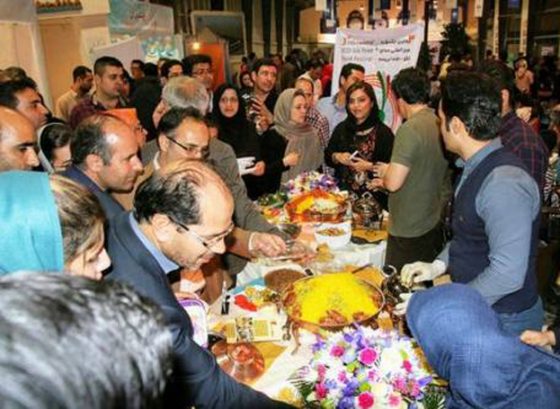UNESCO and IRNA organize joint training workshop for journalists on intangible cultural heritage

On 13 December, UNESCO and IRNA organized a joint training workshop for journalists on intangible cultural heritage (ICH) with the support of the Iranian Cultural Heritage, Handicrafts and Tourism Organization (ICHHTO). The workshop was held in the central office of IRNA in Tehran, AVA Diplomatic reports.
Mr. Mohammad Khoddadi, Managing Director of IRNA, opened the workshop by welcoming the journalists from different mass media outlets. He stressed the importance of quality coverage of issues related to cultural heritage in Iranian media.
Dr. Talebian, Deputy Head of ICHHTO expressed his appreciation to UNESCO and IRNA for organizing this important capacity-building activity and talked about Iran’s efforts to safeguard ICH and to collaborate with other countries on joint nominations. In 2016, two joint nomination files, which included Iran, were successfully registered on UNESCO’s Representative List of the Intangible Cultural Heritage of Humanity: “Flatbread making and sharing culture: Lavash, Katyrma, Jupka, Yufka” (by Azerbaijan, Iran, Kazakhstan, Kyrgyzstan and Turkey) and “Nowruz” (by Afghanistan, Azerbaijan, India, Iran, Iraq, Kazakhstan, Kyrgyzstan, Pakistan, Tajikistan, Turkey, Turkmenistan and Uzbekistan).
Ms. Esther Kuisch Laroche, Director of the UNESCO Tehran Cluster Office, made an introductory presentation of the six UNESCO Culture Conventions and the Memory of the World Programme to provide an overview of the different instruments in support of protecting and safeguarding our shared cultural heritage.
After that, Dr. Janet Blake, ICH Expert and Associate Professor of Shahid Beheshti University, explained UNESCO’s 2003 Convention for the Safeguarding of the Intangible Cultural Heritage in more detail. She stressed the fact that the importance of intangible cultural heritage is not the cultural manifestation itself, but rather the wealth of knowledge and skills that is transmitted through it from one generation to the next. She also underlined the fact that the Convention does not contain a notion of national ownership, which is something frequently misunderstood by the media.
“We may share expressions of intangible cultural heritage that are similar to those practiced by others. Whether they are from the neighboring village, from a city on the opposite side of the world, or have been adapted by peoples who have migrated and settled in a different region, they all are intangible cultural heritage: they have been passed from one generation to another, have evolved in response to their environments and they contribute to giving us a sense of identity and continuity, providing a link from our past, through the present, and into our future. Intangible cultural heritage does not give rise to questions of whether or not certain practices are specific to a culture. It contributes to social cohesion, encouraging a sense of identity and responsibility, which helps individuals to feel part of one or different communities and to feel part of society at large”, she said.
Dr. Farhad Nazari, Director General of the Office for Inscriptions and Preservation and Revitalization of Intangible Cultural Heritage (ICHHTO) explained the process of nominating ICH elements.
After a Q&A session, the participants engaged in a practical exercise of reporting on intangible cultural heritage.




